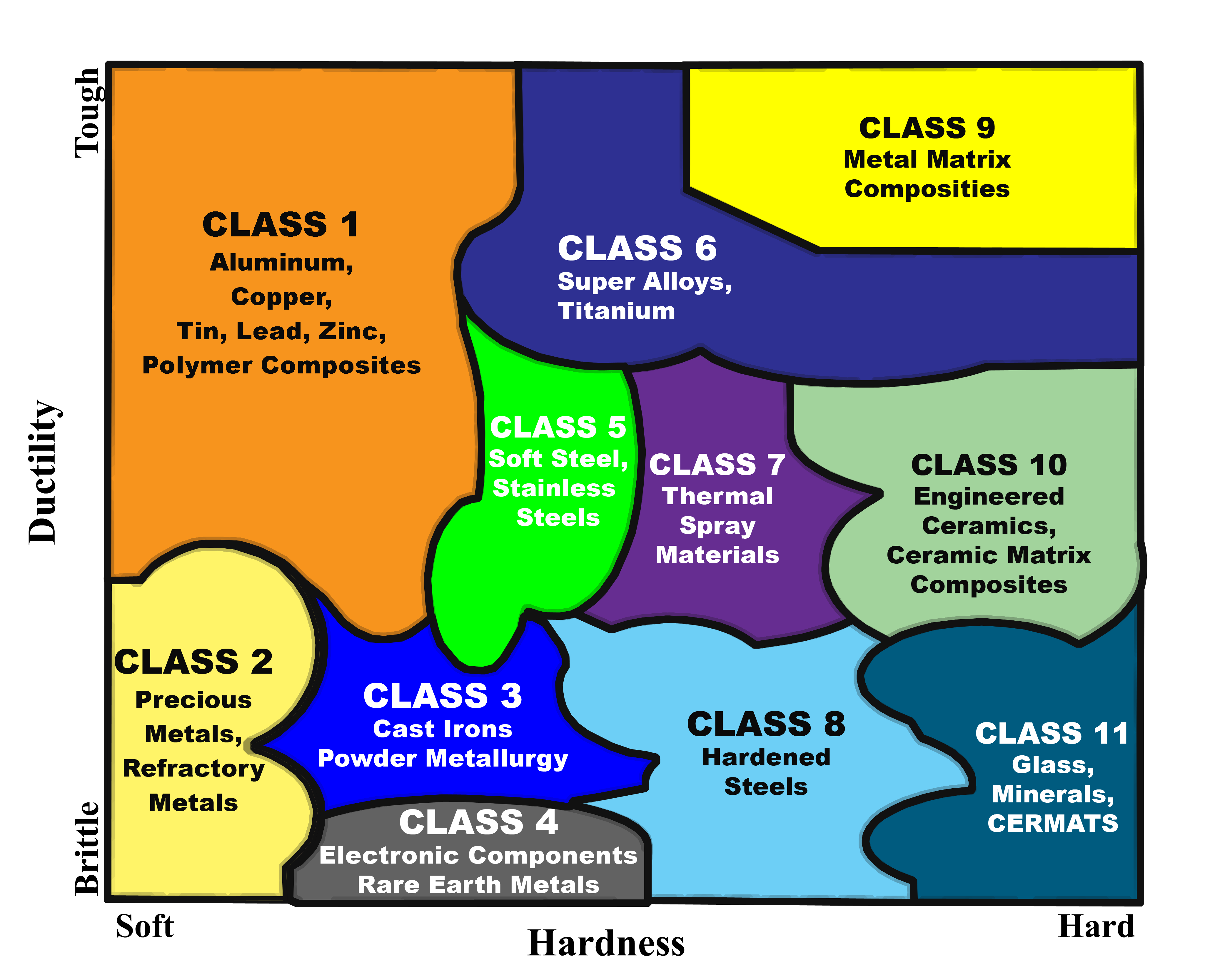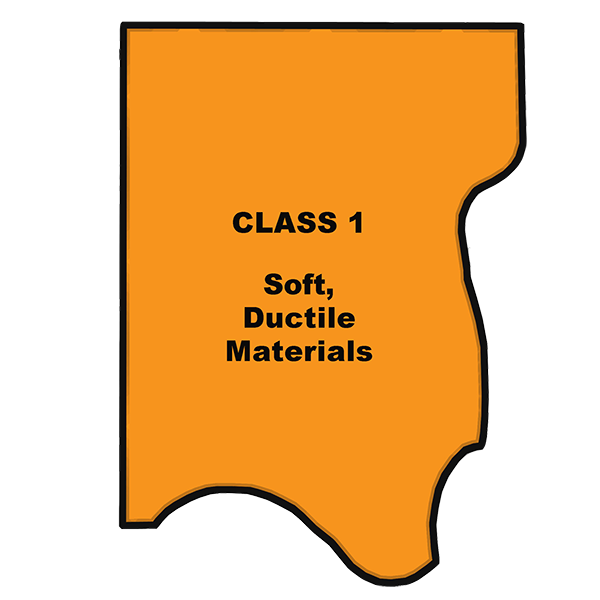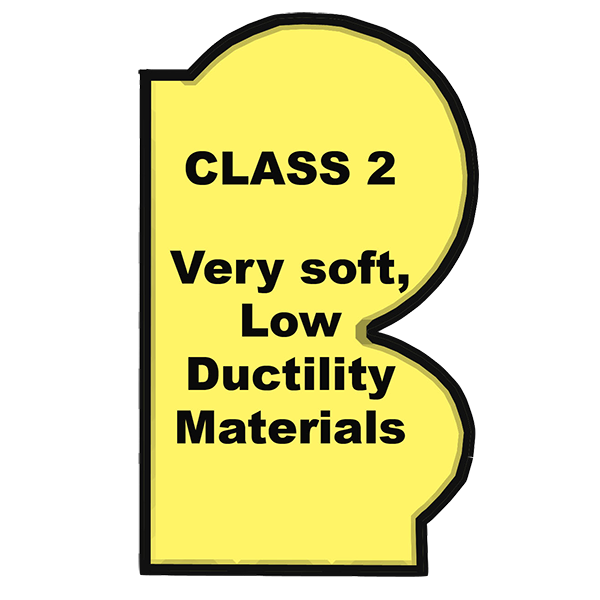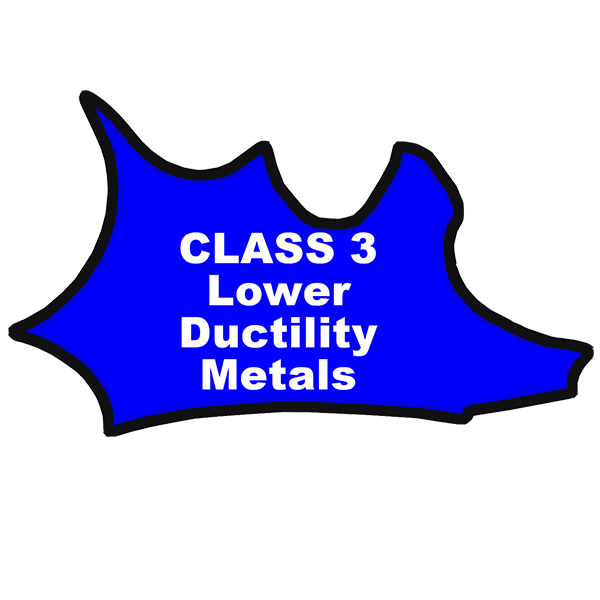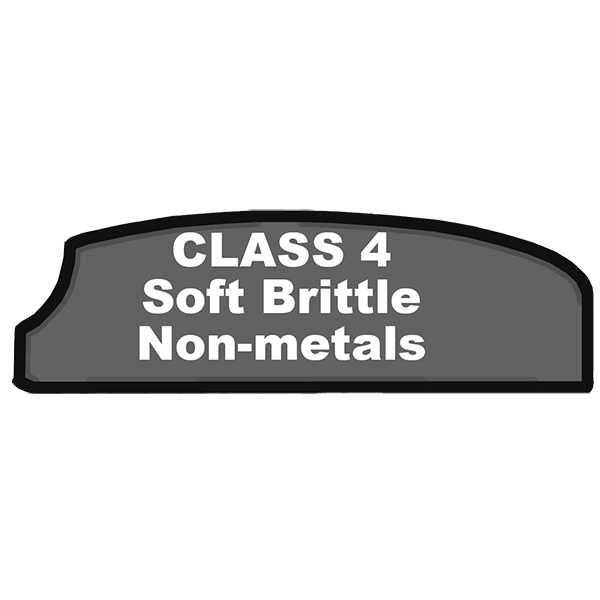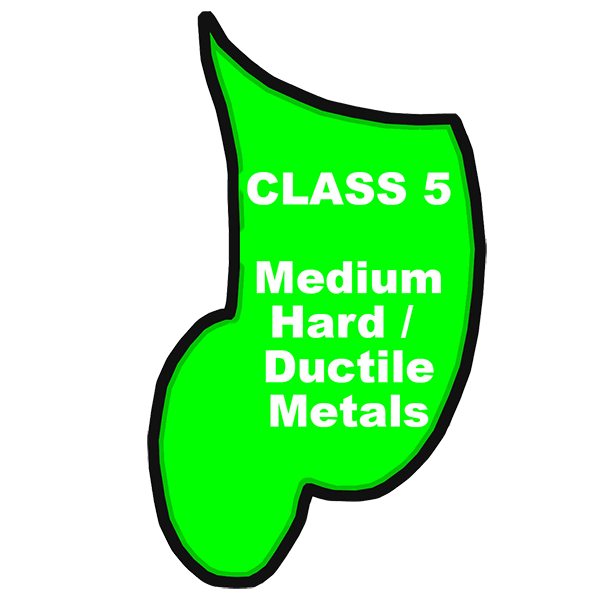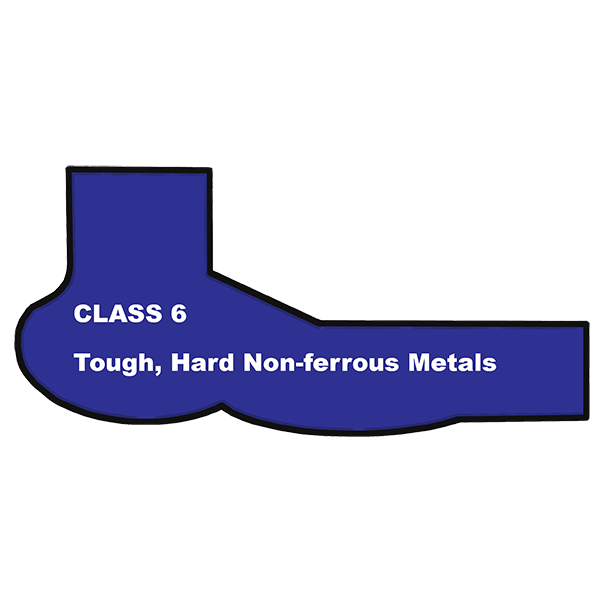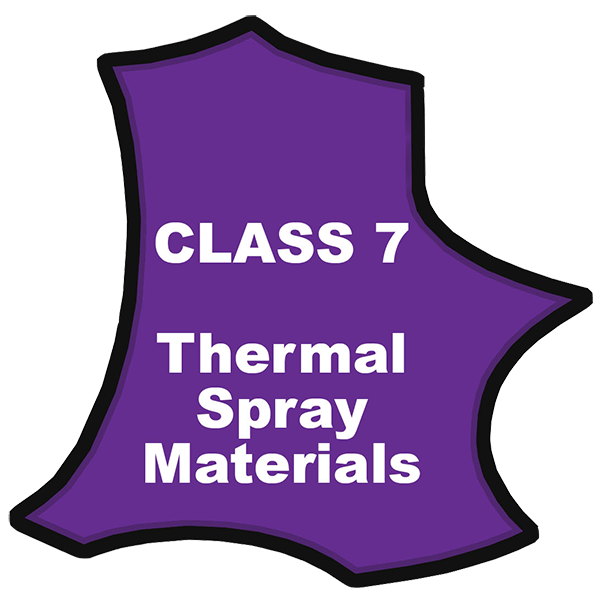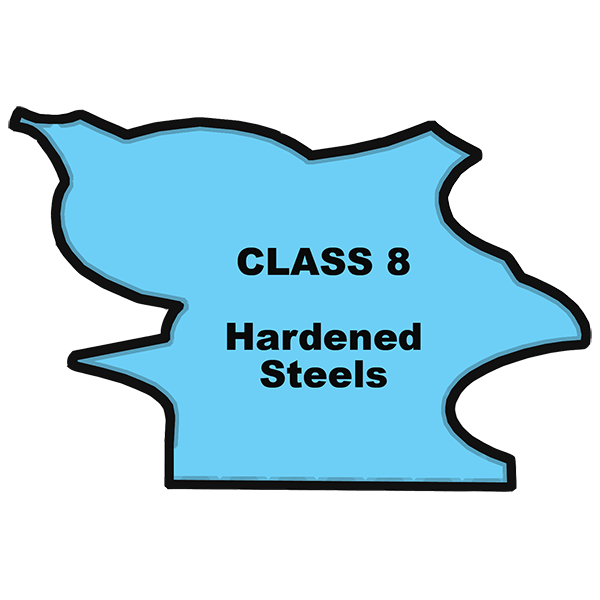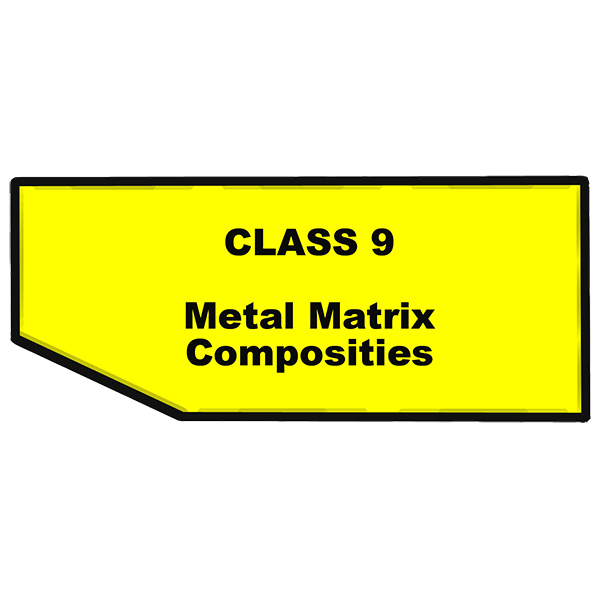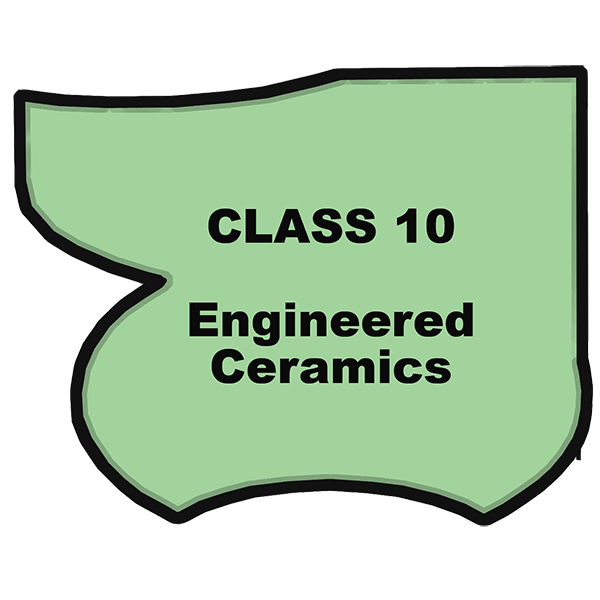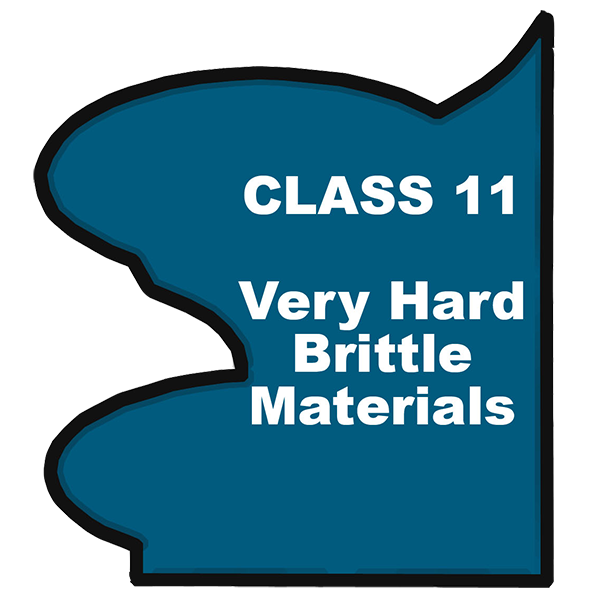Class Overview Table
|
CLASS-1 (Soft, Ductile Materials) |
|
|
CLASS-2 (Very Soft, Low Ductility Materials) |
|
|
CLASS-3 (Lower Ductility Metals) |
|
|
CLASS-4 (Soft Brittle Non-metals) |
|
|
CLASS-5 (Medium Hard/Ductile Metals) |
|
|
CLASS-6 (Tough, Hard Non-ferrous Metals) |
|
|
CLASS-7 (Thermal Spray Coatings) |
|
|
CLASS-8 (Hardened Steels) |
|
|
CLASS-9 (Metal Matrix Composites) |
|
|
CLASS-10 (Engineered Ceramics) |
|
|
CLASS-11 (Very Hard Brittle Materials) |
|
